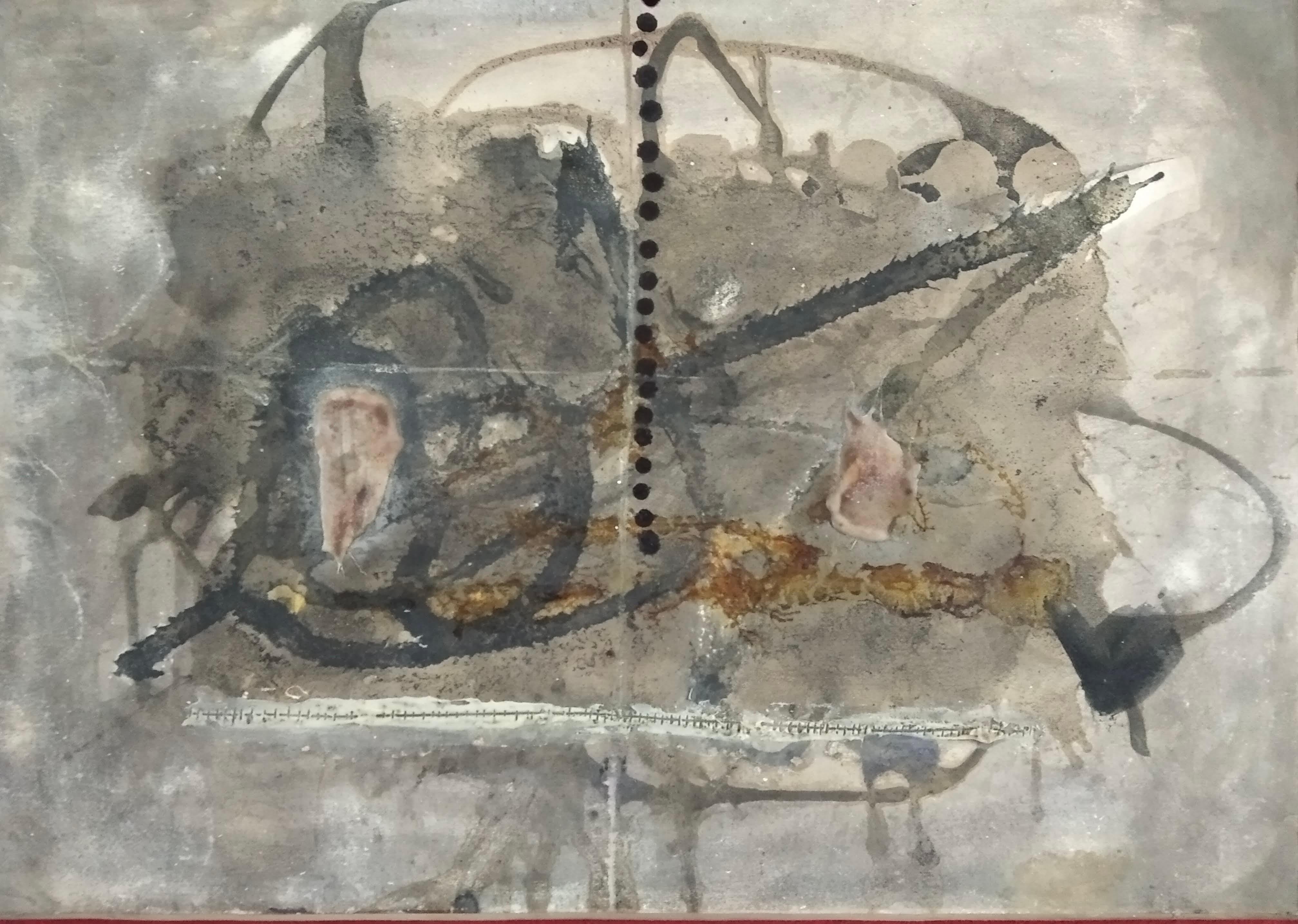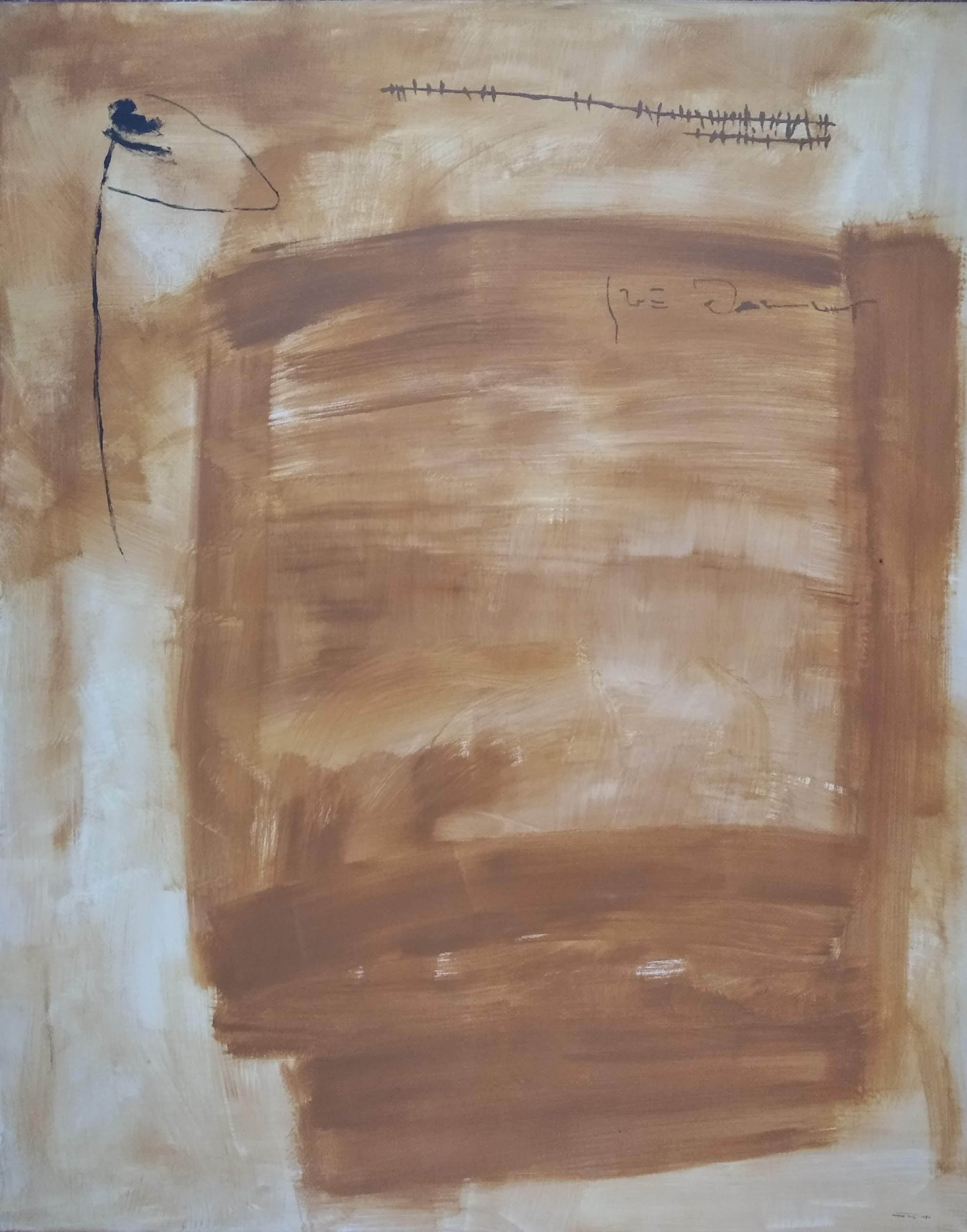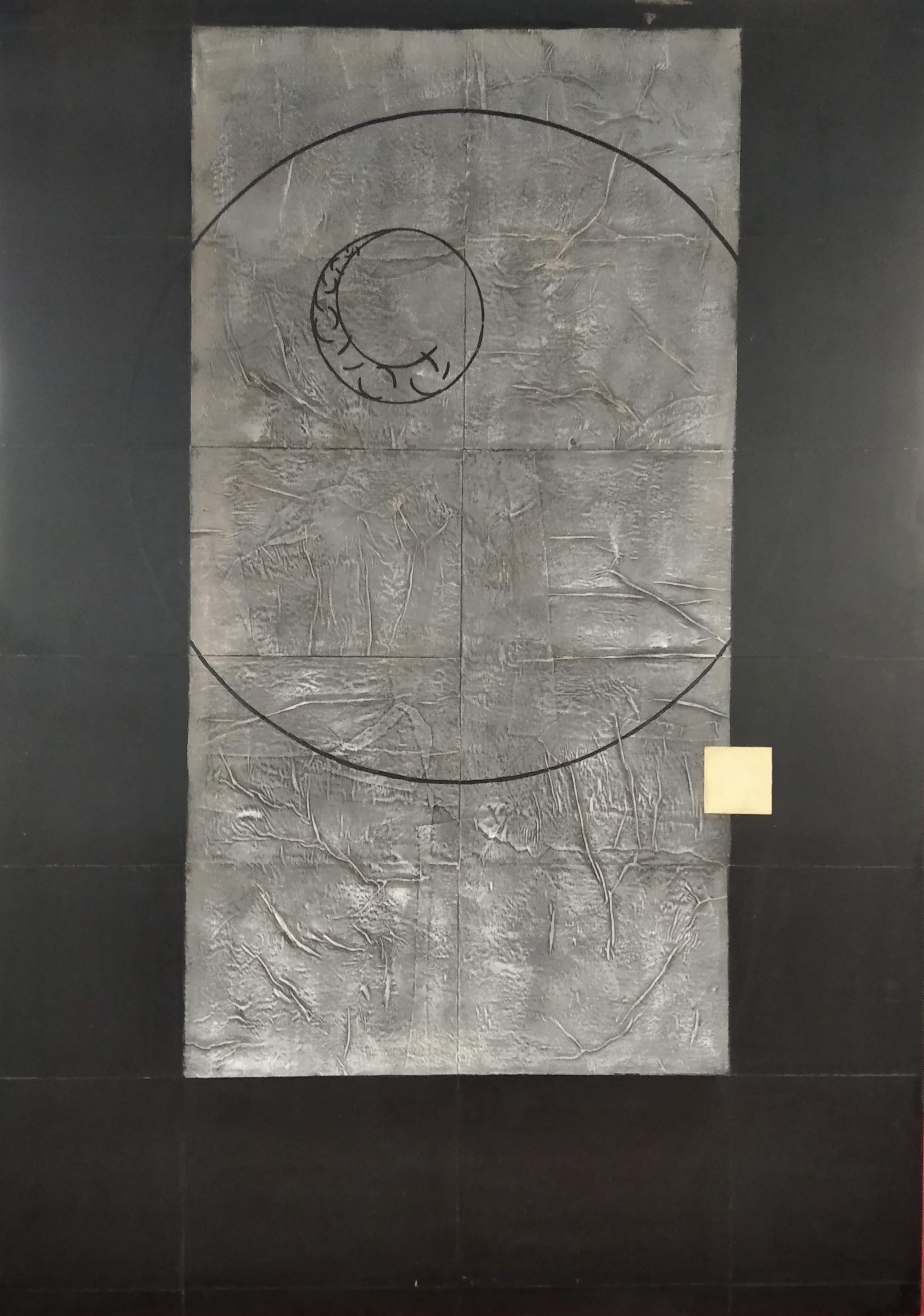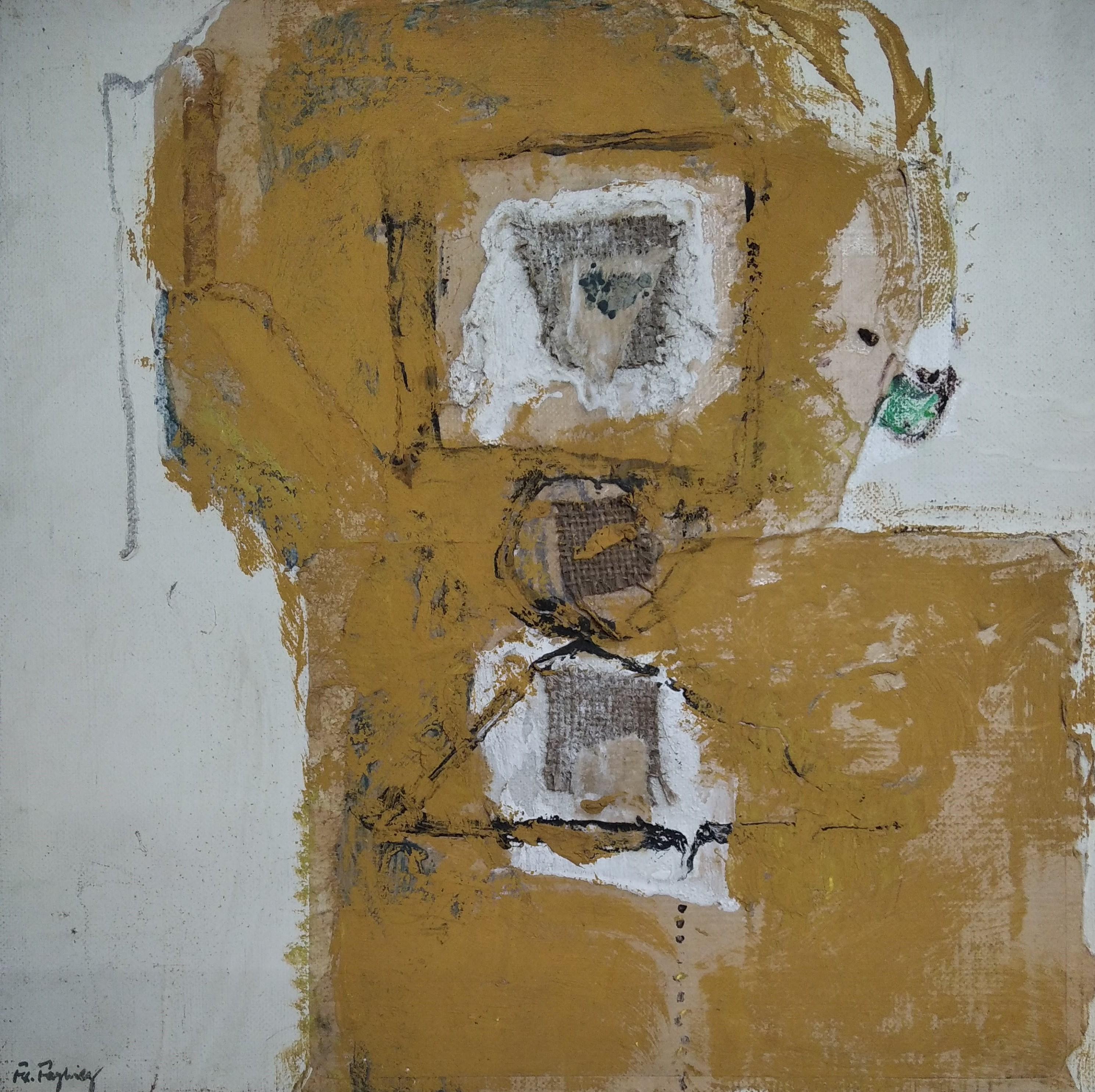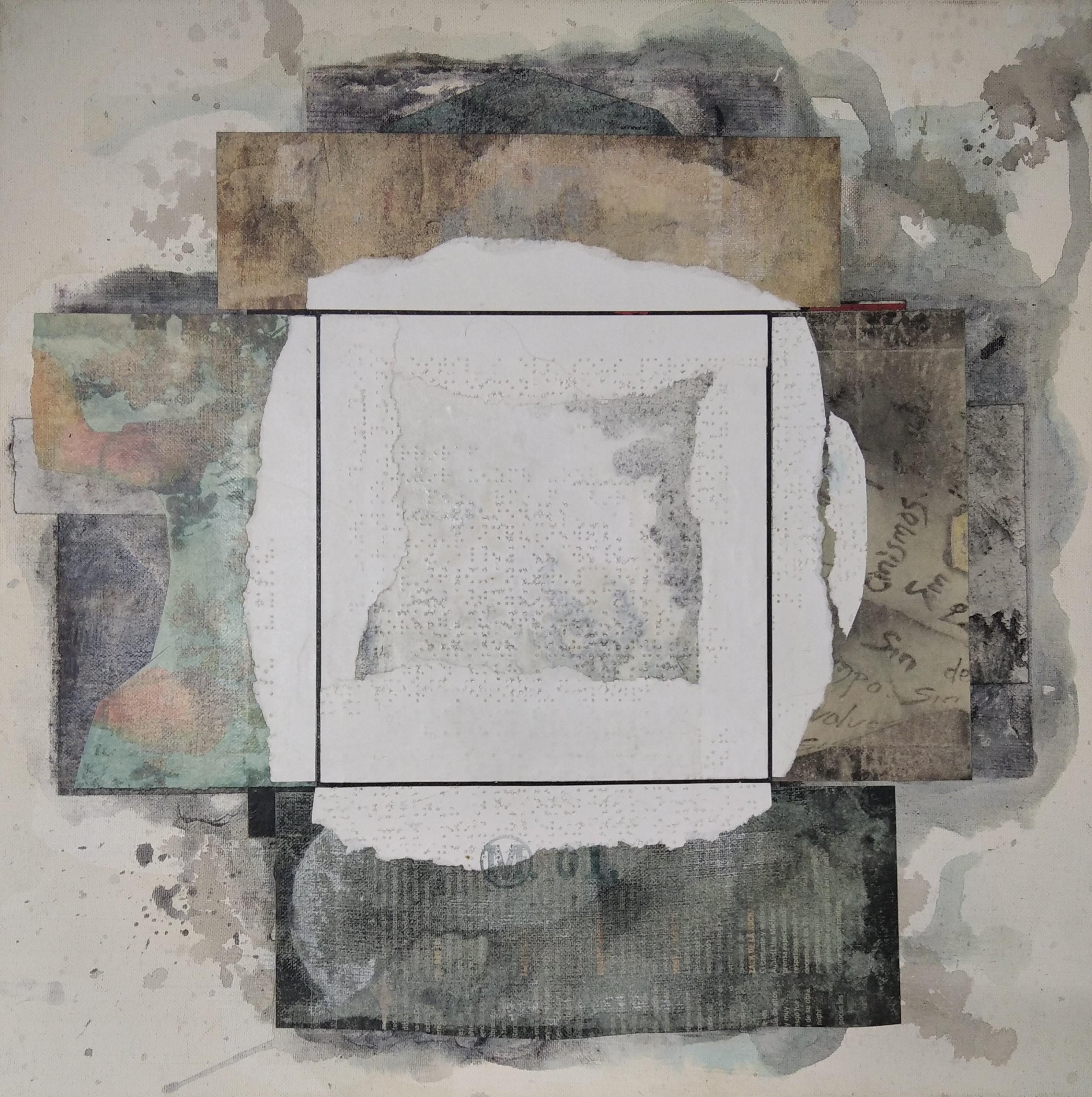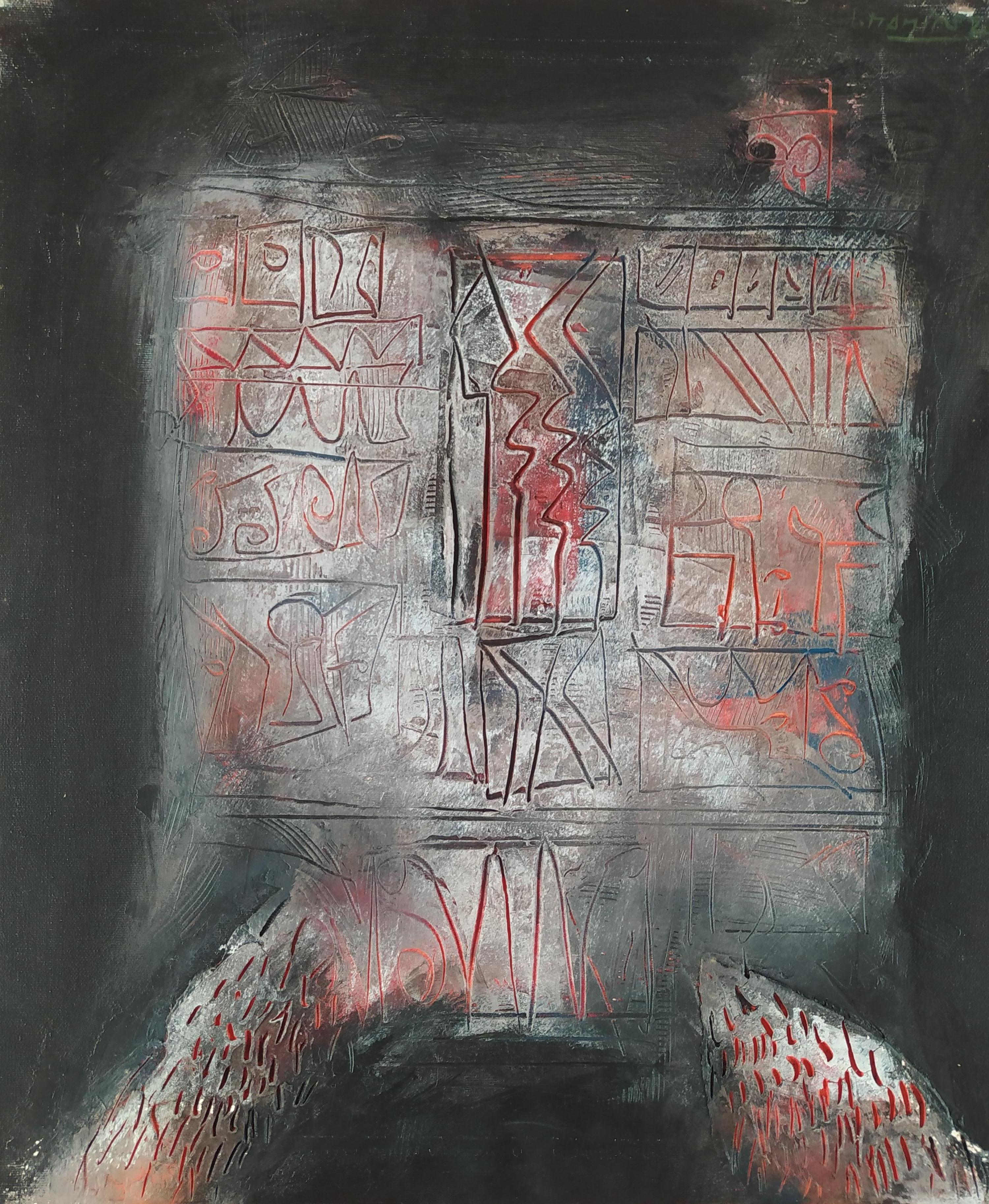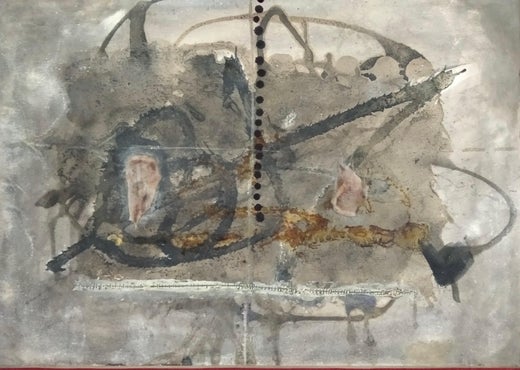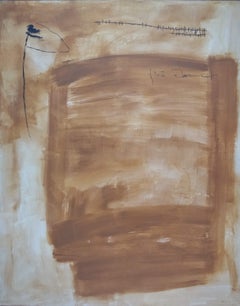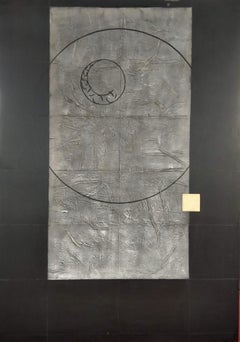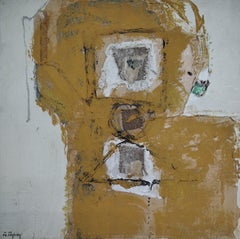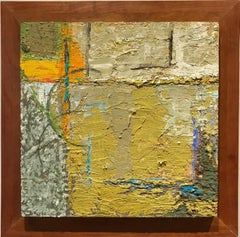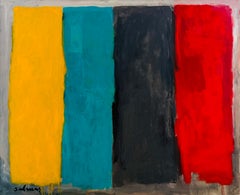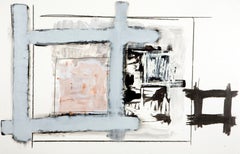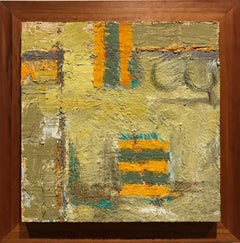Want more images or videos?
Request additional images or videos from the seller
1 of 8
Gabino Rey SantiagoUntitled1980
1980
$3,940.17
£2,940.02
€3,333
CA$5,482.25
A$6,134.76
CHF 3,191.37
MX$73,919.21
NOK 40,177.90
SEK 37,961.42
DKK 25,376.66
About the Item
The painting is being offered with a work and authenticity certificate
Spanish painter who continued the tradition of realist and impressionist painting at the beginning of the 20th century, developed in the landscape, portrait and still life genres. With the beginning of the Civil War, he moved with his family to Barcelona, where he began his pictorial training from an early age. In 1943, at the age of fourteen, he painted a self-portrait with which he won First Prize at the I Youth Salon of the Dalmau Galleries. Despite participating in the gatherings of the artists who would form the innovative and disruptive group Dau al Set, Gabino chose to follow his personal path under the teachings of drawing teacher Ramon Rogent. In 1945 the French Institute granted him a scholarship in Paris, which he was not able to enjoy, and two years later he withdrew from painting until 1957, when he resumed his artistic activity. In his work he opts for a figuration, faithful to the naturalistic interpretation of reality, through a loose brushstroke, which translates light and color in a style inherited from Spanish impressionism and post-impressionism. Since 1957, the year he exhibited for the first time at the Sala Parés in Barcelona, his exhibition activity was linked to this gallery, also holding exhibitions at the El Cisne Gallery (Madrid, 1968) as well as in Lugo, Pontevedra, Alicante/Alacant and, outside Spain, in Los Angeles, New York or Paris. Among the recognitions obtained during his professional career, the First Prize at the III International Exhibition of the Bilbao Art Union (1947) stands out.
About the Seller
5.0
Vetted Professional Seller
Every seller passes strict standards for authenticity and reliability
Established in 2003
1stDibs seller since 2022
14 sales on 1stDibs
Typical response time: 1 hour
- ShippingRetrieving quote...Shipping from: Barcelona, Spain
- Return Policy
Authenticity Guarantee
In the unlikely event there’s an issue with an item’s authenticity, contact us within 1 year for a full refund. DetailsMoney-Back Guarantee
If your item is not as described, is damaged in transit, or does not arrive, contact us within 7 days for a full refund. Details24-Hour Cancellation
You have a 24-hour grace period in which to reconsider your purchase, with no questions asked.Vetted Professional Sellers
Our world-class sellers must adhere to strict standards for service and quality, maintaining the integrity of our listings.Price-Match Guarantee
If you find that a seller listed the same item for a lower price elsewhere, we’ll match it.Trusted Global Delivery
Our best-in-class carrier network provides specialized shipping options worldwide, including custom delivery.More From This Seller
View AllUntitled
Located in Barcelona, BARCELONA
The painting is being offered with a work and authenticity certificate
Category
1960s Abstract Abstract Paintings
Materials
Canvas, Oil
Untitled
By Rafael Ruz
Located in Barcelona, BARCELONA
The painting is being offered with a work and authenticity certificate
Category
1980s Abstract Abstract Paintings
Materials
Canvas
Untitled
Located in Barcelona, BARCELONA
The painting is being offered with a work and authenticity certificate
Category
1990s Abstract Abstract Paintings
Materials
Canvas
Untitled
Located in Barcelona, BARCELONA
the painting is being offered with a work and authenticity certificate
Category
1990s Abstract Paintings
Materials
Canvas, Mixed Media
Apaños y Remiendos
Located in Barcelona, BARCELONA
The painting is being offered with a work and authenticity certificate
Category
Early 2000s Abstract Abstract Paintings
Materials
Mixed Media
Untitled
Located in Barcelona, BARCELONA
The painting is being offered with a work and authenticity certificate
Category
1990s Abstract Mixed Media
Materials
Canvas
You May Also Like
UNTITLED
By Sherry Giryotas
Located in Three Oaks, MI
Sherry Giryotas' abstract paintings in this series are reminiscent of Paul Klee’s paintings with orange hues and geometrical shapes which almost take o...
Category
2010s Abstract Abstract Paintings
Materials
Oil, Panel
Untitled
Located in Madrid, ES
MANUEL SALINAS
Spanish, 1940 - 2021
UNTITLED
signed "Salinas" (lower left)
oil on linen
57-1/2 x 71 inches (146 x 180 cm.)
unframed
This work is accompa...
Category
2010s Abstract Abstract Paintings
Materials
Canvas, Oil
$26,007
Clockpiece
By Alexis Portilla
Located in Los Angeles, CA
Alexis Portilla obtained his Masters of Fine Arts at Columbia University in 1990. His bold linear lines, use of symbols, pictographs and strong colors create atmospheric abstracts.
He has shown in group and solo exhibitions both nationally and internationally. His works have been commissioned by major corporations, universities and for private collections.
Education
MFA, Columbia University
BFA, Pratt Institute
Selected Public Collections
Penn State University
New York Public Library
Selected Corporate Collections
Harvard Club...
Category
21st Century and Contemporary Abstract Paintings
Price Upon Request
UNTITLED
By Sherry Giryotas
Located in Three Oaks, MI
Sherry Giryotas' abstract paintings in this series are reminiscent of Paul Klee’s paintings with orange hues and geometrical shapes which almost take o...
Category
2010s Abstract Abstract Paintings
Materials
Oil, Panel
Two Front
By Carlos Tirado
Located in Atlanta, GA
Carlos J. Tirado (born on April 3, 1964 in Caracas, Venezuela) is an artist, painter and sculptor who has developed a very personal and precise line of work linked to Neo-Pop art. With plenty of personal art exhibitions, Tirado has participated in numerous collective exhibitions, receiving different awards such as “III Premio de Escultura” del Certamen Aires de Córdoba in 2004 and other recognitions, among them, at the Venezuelan Embassy in DC (2005), and the X Latin Art Festival of Atlanta (2005).
Childhood
Tirado grew up in an upper-middle-class family environment. His inclination for the arts started from an early age. At 8 years old, he was already experimenting with tridimensional forms, creating molds out of cast lead from pieces previously gathered on the streets. These first artistic experiences led by his inquisitive nature, provided the ground to continue exploring the possibilities with different materials like wood, waste and plaster. His childhood games were centered around painting and sculpting, which played an important role that ranged from recreational to aesthetics.
When Tirado turned 12 years of age, his parents agreed for him to attend private art classes with professor Javier Hernandez in Caracas. Later on, he realized that Art was a profession that required investment in materials, reason that led him to work at a furniture store painting landscapes and figurative art to decorate the exhibit room. He created numerous paintings of Caracas’ famous mountain: El Avila, and other art pieces that not only served as a source of income, but more importantly, led him to deepen his figurative expression.
In 1985, he started drawing comic sets for a renowned newspaper El Diario de Caracas, alongside Jorge Blanco...
Category
21st Century and Contemporary Abstract Abstract Paintings
Materials
Mixed Media
$4,940
Untitled
By Michael Lotenero
Located in New York, NY
Cool abstract piece with hues of white, black, silver and red.
About the artist:
Michael has been working as a painter and designer for over 20 years. His work has been exhibited in various galleries and museums throughout the country including The Carnegie Museum of Art, The Austin Museum of Digital Art, The Westmoreland Museum of Art, UICA/Michigan, and The Mattress Factory. His paintings have been featured in Atlantic Homes and Lifestyles, Beaux Arts, Table Magazine, Perlora Contemporary Home Magazine, The Wall Street International Magazine and the cover of Housetrends. His work will also be featured in Design Within Reach’s 2019 Catalog.
His clients have included The Museum of Contemporary Art in San Diego, Nintendo, IBM, Sony Pictures and Panasonic. His work has been published widely in various publications including TIME, The Wall Street Journal, How Magazine, Graphis, London’s Computer Arts, BIg Magazine, The Book of Probes by Marshall Mcluhan (designed by David Carson), Big Magazine and Speak.
His collaboration with José Muniain on the short film installation “Navarro”, which documented his painting process, was a finalist in the D.C. Independent Film Festival. Some recent projects include the main lobby interior collections for Bakery Living and Bakery Living Blue, The Hardy House at Nemacolin Woodlands, large scale works for The PPG Paints Arena and commissioned work for The New York Pro Surf Competition and The Quiksilver Pro France. His work has also featured prominently on the sets of several feature films and television series, including Trouble With The Curve, The Last Witch Hunter...
Category
2010s Abstract Abstract Paintings
Materials
Canvas, Acrylic
More Ways To Browse
Martin Green
1980 Russian Painting
Cuban Abstract Art
Jazz Paintings
Splatter Art
Ochre Abstract Paintings
Vintage Assemblage Art
Aqua Painting
Grey Street Art
Yellow Figure Abstract Painting
Current Auctions
Oil Palette Knife Abstract
3d Pop Art
Horizontal Abstract Oil Painting
Miro Oil Paintings
The Hamilton Collection
Abstract Art Triangles
Abstract Couch
